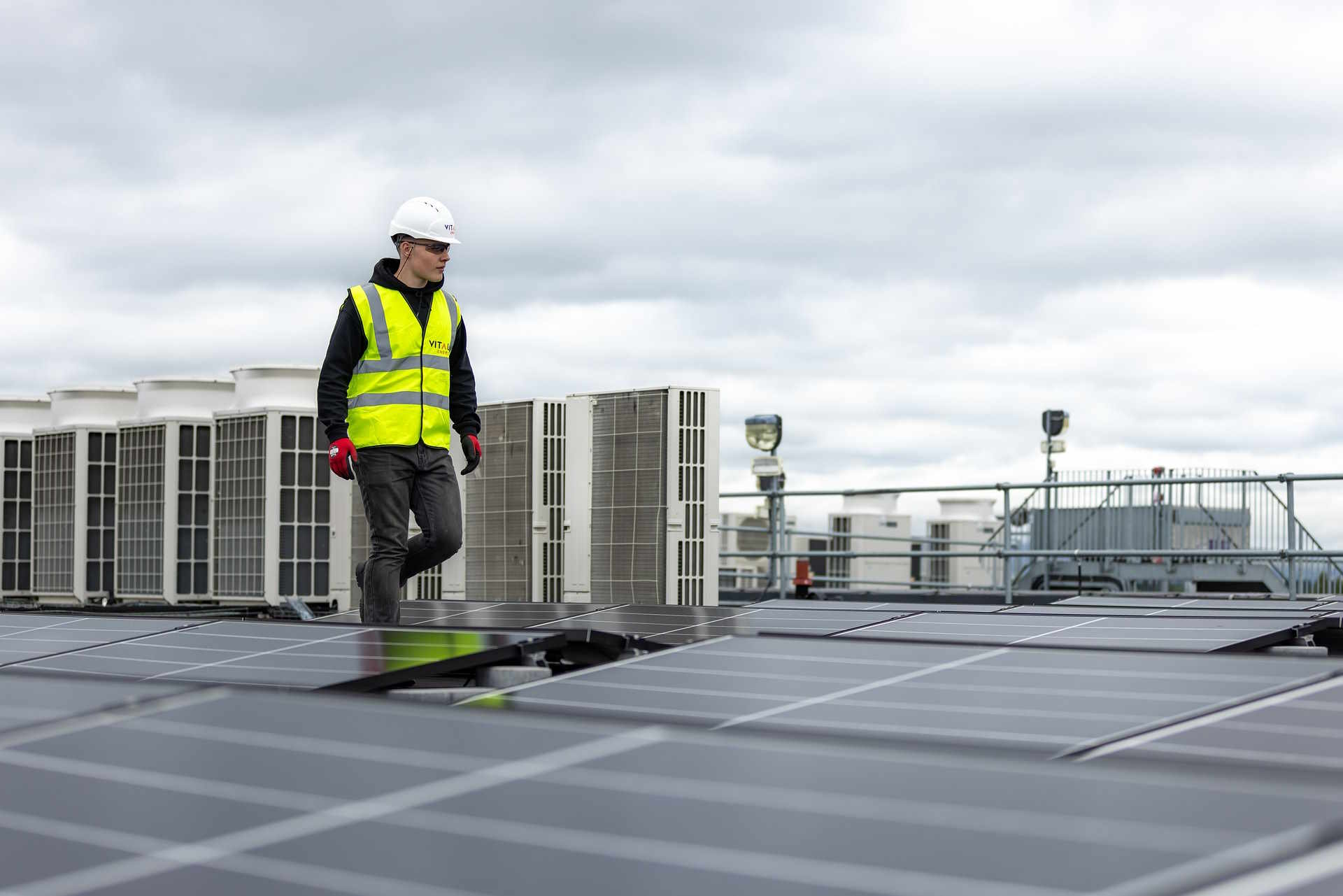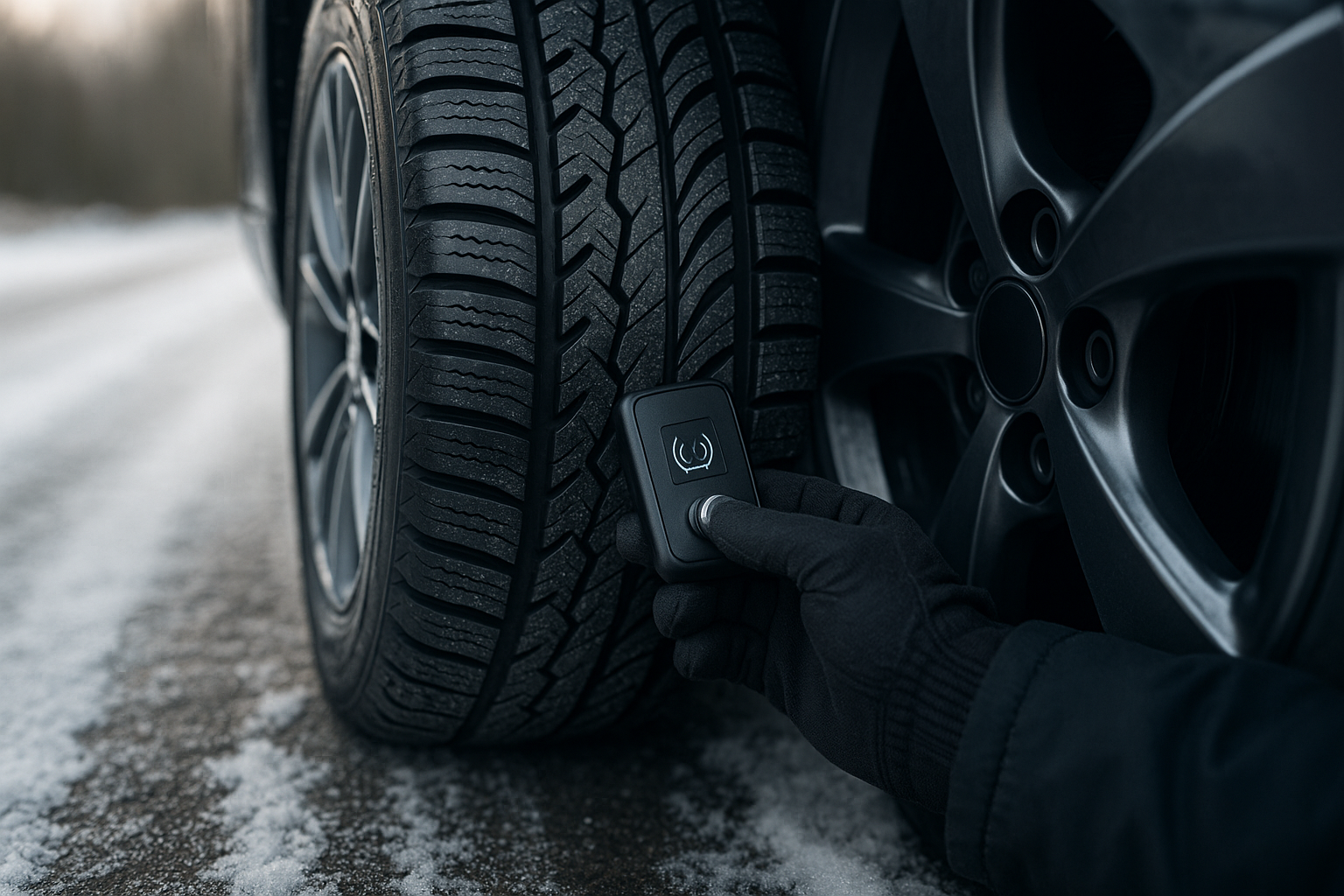Instructions for Connecting an Autonomous System to Household Appliances
This guide provides a practical, step-by-step overview for connecting an autonomous solar energy system to household appliances. It covers load assessment, photovoltaic and battery selection, inverter matching, storage and charge strategies, offgrid and portable scenarios such as camping and backup operation, and routine maintenance practices to preserve system efficiency and safety.

Connecting an autonomous solar system to household appliances requires systematic planning to ensure safety, compatibility and reliable performance. Begin by listing every appliance you want to power, noting nominal consumption and surge requirements for motorized devices. Classify circuits by priority for backup use and estimate daily energy needs. Match photovoltaics output, battery capacity and inverter ratings to those requirements, and plan wiring, overcurrent protection and grounding. Decide whether the system will be an offgrid installation, a portable camping kit, or a home backup arrangement, as each scenario impacts storage, charge strategy and physical layout.
How do photovoltaics and energy collection affect sizing?
Photovoltaics (PV) panels convert sunlight to DC electricity; their real output depends on orientation, tilt, shading and local irradiance. Size the PV array using realistic daily yield estimates and account for seasonal variation and system losses such as wiring resistance and conversion inefficiency. Use MPPT-compatible arrays and ensure PV string voltage matches the charge controller input range. Proper PV sizing reduces reliance on stored energy and improves overall energy availability for appliances. Incorporating basic monitoring helps verify expected energy harvest and adjust expectations over time.
How to choose battery and storage capacity
Battery selection should balance usable capacity (kWh), nominal voltage and expected cycle life. Define the required autonomy (hours or days) for prioritized loads and add margin for cloudy periods and degradation. Lithium battery chemistries typically allow deeper usable discharge and longer cycle life than many lead-acid options, though they differ in management requirements. Configure battery modules in series or parallel to reach system voltage and required capacity, and include battery management or balancing to protect cells, improve reliability and prolong usable storage lifespan.
Which inverter suits household loads and backup needs?
The inverter converts DC battery power to AC for household appliances. Choose an inverter with continuous rating comfortably above expected steady-state load and a surge rating sufficient for devices with high starting currents, such as compressors or pumps. Pure sine wave inverters are preferred for sensitive electronics and mixed loads. Check efficiency curves at typical operating levels, since higher inverter efficiency reduces conversion losses and yields longer run times from stored energy. For backup applications, consider inverters with automatic transfer switch capability or compatibility with an external transfer switch to avoid backfeed into the grid.
Offgrid and portable options for camping and mobility
Offgrid home systems require larger PV arrays, more substantial storage and fixed mounting, whereas portable systems for camping prioritise weight, compactness and quick setup. Portable kits commonly include foldable PV panels, modular battery packs and small inverters with standard outlets; they list supported loads and expected run times. For mobile use, select rugged connectors, weather-resistant components and clear charge indicators. Stationary offgrid solutions should plan for ventilation, space for batteries, expandability and secure mounting for panels to ensure long-term reliability.
How to manage charge control and maintain efficiency
A charge controller governs safe battery charging and preserves battery life. MPPT controllers typically extract more energy from PV arrays than PWM controllers, especially under variable irradiance. Configure charge voltages and low-voltage disconnects appropriate to the battery chemistry, include temperature compensation if needed, and monitor state of charge (SOC). Good charge management reduces stress on batteries and improves usable energy. Regularly review system logs where available to spot performance trends and address inefficiencies early.
What maintenance and safety practices keep systems reliable?
Routine maintenance preserves safety and efficiency: clean PV panels to reduce soiling losses, inspect and tighten electrical connections, test protective devices, and check battery health indicators or perform capacity tests as recommended. Ensure correct fuse sizing, circuit breakers and grounding, and use isolation switches to safely separate the autonomous system from the utility grid when required. Engage qualified electricians or local services for complex integrations and to confirm compliance with regulations. Small upgrades—such as a more efficient inverter or improved charge controller—can materially increase system efficiency over time.
In conclusion, a dependable autonomous solar setup for household appliances depends on accurate load assessment, proper matching of photovoltaics, battery and inverter, and clear planning for storage, charge control and protection. Whether configured for offgrid living, portable camping use or home backup, adherence to safety standards and regular maintenance supports sustained efficiency and reliable performance without unsupported claims.






